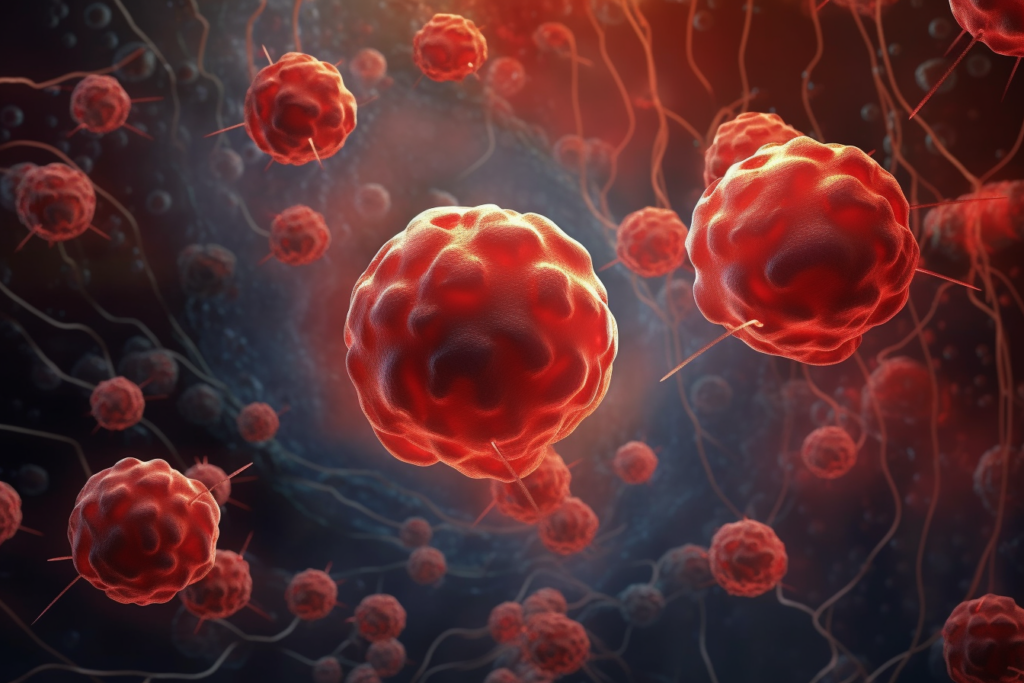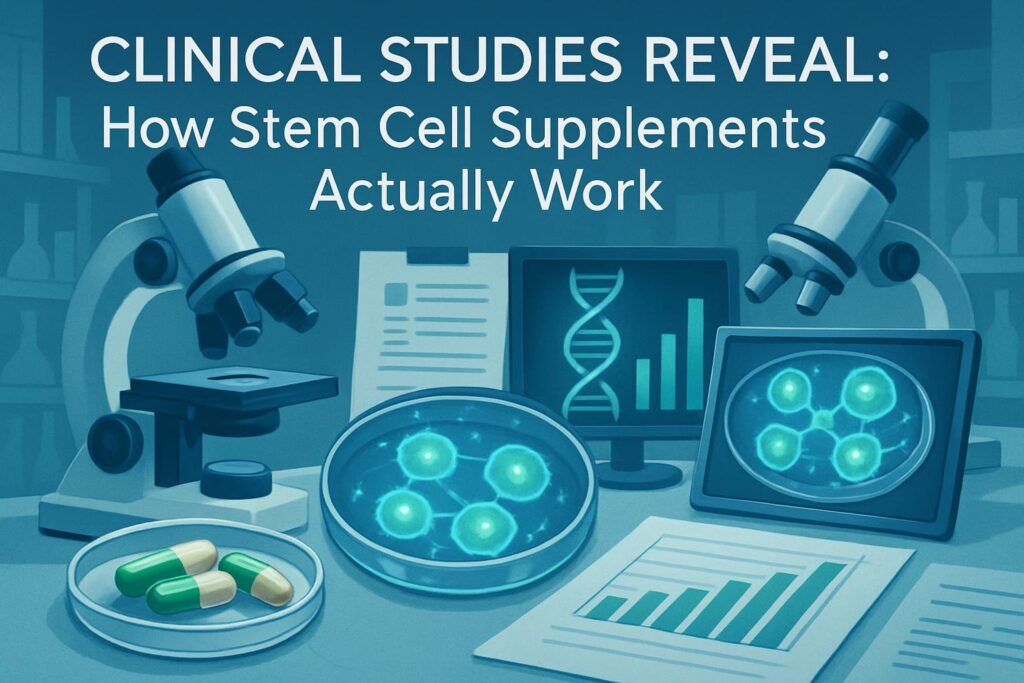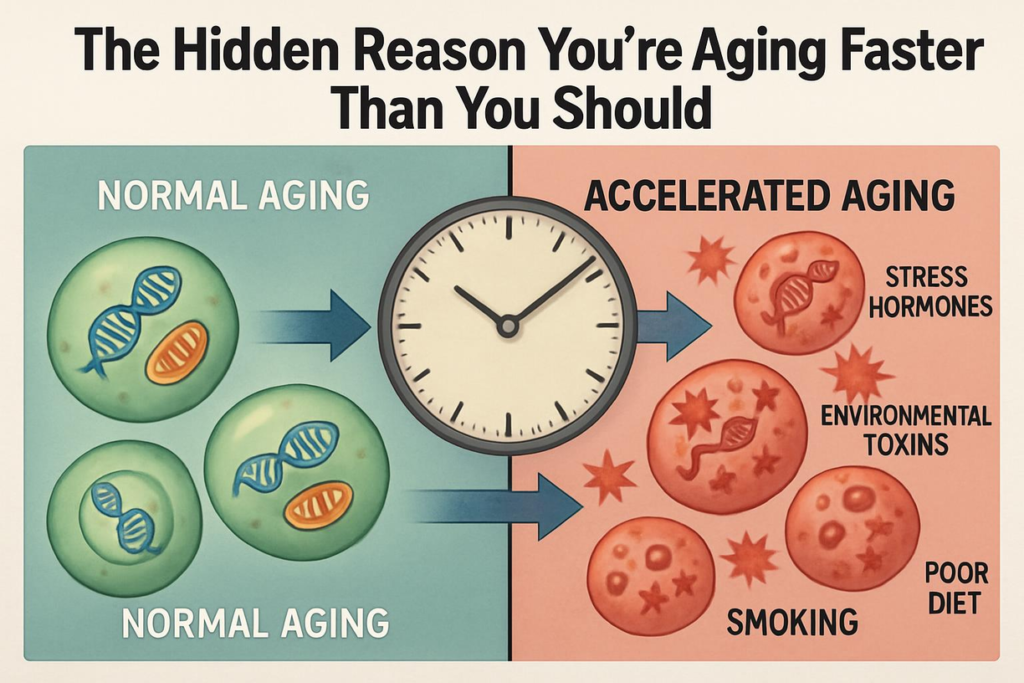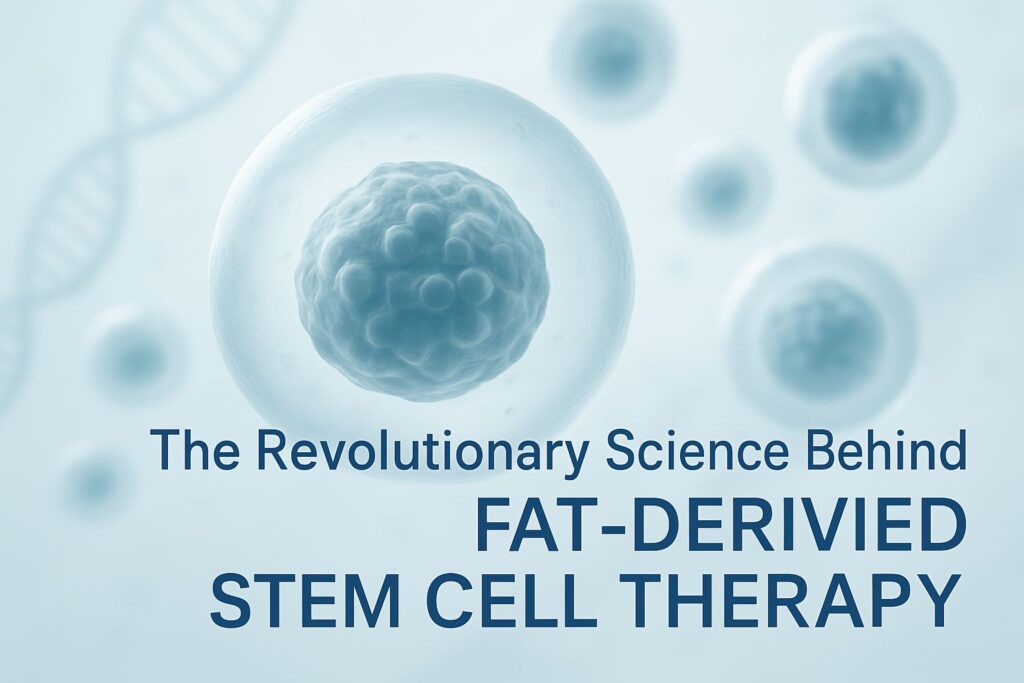Welcome, dear readers, to our exploration of the fascinating world of stem cells. Today, we’re diving deep into a specific type of stem cell, known as the hematopoietic stem cell. Picture these cells as the master builders of our blood system, the architects that design and construct the various types of cells that flow through our veins.
But what happens when these master builders go off course? When the blueprints get mixed up and the construction goes awry? That’s when we encounter blood cell disorders, conditions that can have serious impacts on our health.
In the face of such challenges, we’re always on the lookout for alternative treatments. And that’s where our hematopoietic stem cells come back into the picture. By harnessing their power, we can potentially offer new hope for those suffering from blood cell disorders. So, join us as we delve into the clinical applications of hematopoietic stem cells in treating these conditions. It’s a journey of discovery, of hope, and of the incredible potential that lies within our own bodies.
Understanding Hematopoietic Stem Cells
As we embark on this journey, it’s crucial to first understand what hematopoietic stem cells (HSCs) are. Picture them as the ‘master cells’ of our blood system. They’re like the queen bee in a hive, giving birth to a variety of worker bees, each with a specific role. In the case of HSCs, these ‘worker bees’ are the different types of blood cells – red blood cells, white blood cells, and platelets.
HSCs are unique in their ability to self-renew and differentiate. Imagine a magical tree that can not only produce different types of fruits but also create copies of itself. That’s what HSCs do. They can either replicate themselves (a process called self-renewal) or mature into different types of blood cells (a process known as differentiation).
These cells primarily reside in the bone marrow, a spongy tissue inside our bones. Think of the bone marrow as a bustling city where these master cells live and work. However, they can also be found in peripheral blood stem cells, which are like the suburbs of our ‘cell city’.
Understanding these characteristics of HSCs is crucial as we delve deeper into their role in blood cell disorders and their potential for treatment. So, with this foundation, let’s move on to explore how these master builders can sometimes lead to construction chaos in our blood system.
Hematopoietic Stem Cells and Blood Cell Disorders
Blood cell disorders occur when something goes awry in the production line of our blood cells. It’s like a factory where the assembly line has malfunctioned, leading to products that are defective or produced in incorrect quantities. In some cases, the hematopoietic stem cells themselves are the root of the problem.

For instance, consider leukemia, a type of blood cell disorder. Here, the progenitor cells, which are one step down from the HSCs, start to multiply uncontrollably. It’s as if a copy machine has gone haywire, spitting out far too many copies than needed. This leads to an overproduction of white blood cells, crowding out the other cells and leading to a host of health problems.
On the other hand, conditions like aplastic anemia occur when the bone marrow doesn’t produce enough new blood cells. It’s like a factory that’s not meeting its production quota, leading to a shortage of the finished product.
In both cases, the root cause lies in the malfunctioning of our ‘master builders’ or their immediate offspring. Understanding these disorders and their causes is the first step towards finding effective treatments. And that’s where the potential of hematopoietic stem cells comes into play. Let’s explore this further in the next section.
Clinical Applications of HSCs in Treating Blood Cell Disorders
Now, let’s dive into the exciting part – how we can use these hematopoietic stem cells to treat blood cell disorders. The primary method is through transplantation. Think of hematopoietic stem cell transplantation (HSCT) as a renovation project. We replace the old, malfunctioning “seeds” (HSCs) with new ones, allowing a healthy blood system to grow.
There are two main types of transplantation: autologous and allogeneic. Autologous transplantation is like replanting your own seeds, where we use the patient’s own stem cells. This method is often used when the patient’s HSCs are healthy, but they need to be temporarily removed and later restored, such as during high-dose chemotherapy.
On the other hand, allogeneic transplantation involves using stem cells from a donor. This is akin to borrowing seeds from a neighbor’s garden. This method is used when the patient’s own HSCs are causing the disorder. The donor’s healthy stem cells can provide a fresh start.
The source of these stem cells can vary. They can be collected directly from the bone marrow (bone marrow transplantation), from the bloodstream (peripheral blood stem cell transplant), or from umbilical cord blood collected at birth.
Each method has its own advantages and challenges, and the choice depends on the patient’s condition, the availability of a suitable donor, and other factors. But the goal is the same: to restore the healthy production of blood cells and treat the underlying disorder.
In the next section, we’ll look at some real-world examples of how these methods have been applied.
Case Studies of HSCs in Treatment
Clinical trials and real-world applications have shown promising results for HSCT. Let’s take a look at a few examples that illustrate the power of this cell therapy.
In the case of sickle cell disease, a disorder that affects red blood cells, HSCT has been shown to potentially cure the disease. It’s like replacing a faulty production line with a brand new, efficient one. The patient’s faulty hematopoietic stem cells are replaced with healthy ones from a donor, leading to the production of normal, round red blood cells instead of the sickle-shaped ones.
Another example is the treatment of certain types of leukemia. Here, the patient’s own hematopoietic stem cells are often the culprits, producing too many white blood cells. In this case, allogeneic transplantation is used. The patient’s malfunctioning stem cells are replaced with healthy ones from a donor, resetting the production line.
However, it’s important to note that while these treatments can be life-saving, they also come with risks and challenges. For instance, in allogeneic transplantation, there’s a risk of graft-versus-host disease, where the donor’s cells attack the patient’s body. It’s like a turf war where the new seeds (donor cells) don’t get along with the existing plants (the patient’s cells).
Despite these challenges, the potential of HSCT is immense. As we continue to refine these techniques and develop new ones, we move closer to offering effective treatments for a range of blood cell disorders. Let’s take a look at what the future holds in our next section.
The Future of HSCs in Treating Blood Cell Disorders
As we look to the horizon, the future of HSCs in treating blood cell disorders is bright and full of potential. Current research is exploring new frontiers and pushing the boundaries of what we thought was possible.
One exciting area of research is the use of pluripotent stem cells. These are like super seeds capable of growing into any cell type in the body. Scientists are learning how to guide these pluripotent stem cells to become hematopoietic stem cells, which could provide a new source of cells for transplantation.
Another promising area is the use of umbilical cord blood. This is like a treasure trove of stem cells, collected at birth and stored for future use. Cord blood transplants have already been used successfully to treat a variety of blood disorders, and ongoing research is exploring new ways to enhance and expand this treatment.
Finally, we’re also looking at ways to make transplantation safer and more effective. This includes finding ways to reduce the risk of complications like graft-versus-host disease and improving the methods for matching donors and recipients.
In conclusion, while we’ve made great strides in using hematopoietic stem cells to treat blood cell disorders, there’s still much to learn. But with each new discovery, we move one step closer to our goal of finding effective, life-saving treatments for these conditions. The journey is challenging, but the potential rewards are immense. And we’re excited to see what the future holds.
FAQ
Q: What are hematopoietic stem cells?
A: Hematopoietic stem cells (HSCs) are immature cells that can differentiate into all types of blood cells. They are found mainly in the bone marrow but can also be found in cord blood and peripheral blood.
Q: What is a progenitor cell?
A: A progenitor cell is an intermediate stage between a stem cell and a fully differentiated cell. Progenitor cells are more restricted in their developmental potential than stem cells, but can still differentiate into multiple types of blood cells.
Q: What is hematopoietic stem cell transplantation?
A: Hematopoietic stem cell transplantation (HSCT) is a procedure that involves the infusion of hematopoietic stem cells into a patient to replace damaged or diseased bone marrow. HSCT can be used to treat a variety of blood disorders and some types of cancer.
Q: What are the sources of hematopoietic stem cells?
A: Hematopoietic stem cells can be obtained from bone marrow, peripheral blood, or umbilical cord blood.
Q: What is an autologous bone marrow transplantation?
A: Autologous bone marrow transplantation is a type of HSCT that involves using a patient’s own bone marrow cells, which have been collected and stored prior to treatment.
Q: What is an allogeneic hematopoietic stem cell transplantation?
A: Allogeneic hematopoietic stem cell transplantation is a type of HSCT that uses stem cells obtained from a donor, usually a close family member or unrelated donor.
Q: What are peripheral blood progenitor cells?
A: Peripheral blood progenitor cells are immature cells that are found in the blood and can differentiate into multiple types of blood cells. They are often used as a source of stem cells for HSCT.
Q: What is a mesenchymal stem cell?
A: Mesenchymal stem cells are a type of stem cell that can differentiate into multiple types of tissues, including bone, cartilage, and fat. They are being studied for their potential therapeutic uses in a variety of diseases.
Q: What is a hematopoietic growth factor?
A: Hematopoietic growth factors are substances that stimulate the growth and differentiation of blood cells, including erythropoietin, granulocyte colony-stimulating factor (G-CSF), and granulocyte-macrophage colony-stimulating factor (GM-CSF).
Q: What is adult stem cell?
A: Adult stem cells are undifferentiated cells found throughout the body that can differentiate into some or all of the specialized cell types of the tissue or organ in which they reside.
Conclusion
In conclusion, hematopoietic stem cells hold great promise in the treatment of blood cell disorders. From their role as the master builders of our blood system to their potential as a powerful tool in transplantation and cell therapy, these cells are at the forefront of many exciting advancements in medicine.
Just as a gardener learns to understand and harness the power of seeds to create a beautiful garden, we too are learning to understand and harness the power of hematopoietic stem cells. The journey is not without its challenges, but the potential rewards are immense.
As we continue to explore and understand the complex world of stem cells, we move closer to finding effective treatments for blood cell disorders. It’s a journey of discovery, of hope, and of the incredible potential that lies within our own bodies.
So, whether you’re a patient, a caregiver, or simply someone interested in the amazing world of stem cells, we hope you found this exploration enlightening. The world of hematopoietic stem cells is complex, but it’s also incredibly fascinating. And we’re excited to see where this journey takes us next.



